1 min read
AI for the Public Sector | Sourcepass GOV AI Trainings
Artificial Intelligence (AI) is transforming how public sector organizations operate, from budgeting and compliance to citizen engagement. In our...
3 min read
Alex Davis : Jan 29, 2025 1:38:32 PM
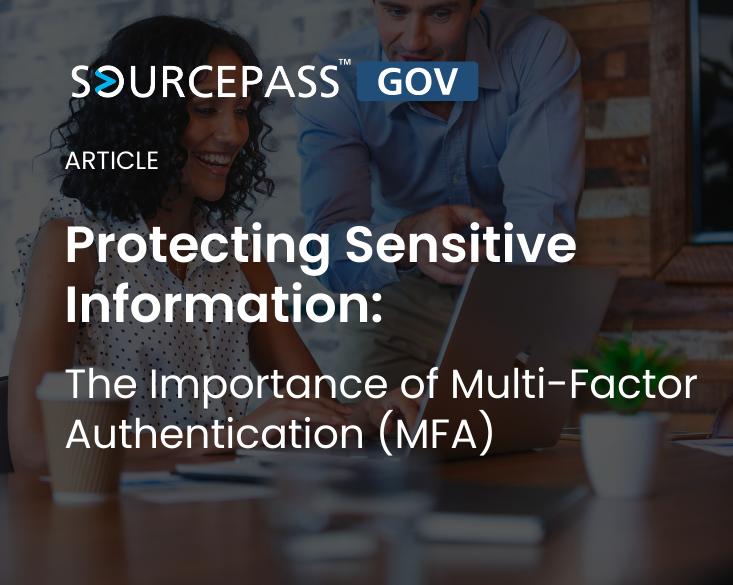
In the modern digital landscape, robust cybersecurity is more important than ever.
With the increasing amount of sensitive data being stored and transmitted online, the risk of data breaches and cyberattacks has never been higher. As technology becomes more sophisticated, so do the tactics of cybercriminals.
One of the most easy, effective ways to protect your organization against cyber crimes is by implementing Multi-Factor Authentication (MFA).
Multi-Factor Authentication, also known as MFA, is an additional layer of security verification that requires users to confirm their identity through multiple methods when logging in to a system, application, or resource.
While passwords have long been the standard method for authentication, passwords alone can leave you vulnerable to attacks like brute-force attempts, phishing, and data breaches. MFA adds that extra step that significantly increases the difficulty of unauthorized access.
Let's look deeper into why MFA is essential in protecting sensitive information and how it can improve security at your organization:
According to a 2023 cybersecurity report from Verizon, over 80% of data breaches involved weak or stolen credentials.
Its a fact - the traditional method of securing accounts a password alone is no longer sufficient in today’s modern threat environment. In today's digital age, passwords can be easily guessed, cracked, or even stolen through various cyberattack methods.
MFA adds a step beyond password verification. It requires users to provide additional verification through factors that are far more difficult to replicate or steal. MFA steps typically fall into three categories:
By combining these factors, MFA makes it significantly more difficult for cybercriminals to gain access to sensitive information, even if they know your password.
For example, if an attacker steals and enters your correct password, they'd then be prompted with a MFA step they can't steal, as they don't have access to your device, PIN, or fingerprint.
Phishing is one of the most common (and effective) tactics to gain unauthorized access to sensitive information. In a phishing attack, cyber criminals will often impersonate legitimate sources to trick individuals into revealing their usernames, passwords, or other confidential details.
Multi-Factor Authentication acts as a strong defense against phishing attempts as a password input alone won't grant access. With MFA, even if a user falls victim to a phishing attempt, the attacker will still be unable to gain access without a second or third authentication step.
This simple layer of additional security drastically reduces the likelihood that phishing attacks will result in successful data breaches.

Sensitive personal and internal data, like financial records, intellectual property, and citizen information, is often the target of cyber attacks. The consequences of a data breach for a public sector organization can be severe, resulting in downtime, costly fixes, compliance violations, and even legal ramifications.
MFA plays a critical role in safeguarding this sensitive data and keeping your organization compliant, as it adds another barrier for attackers to overcome.
Despite best efforts, it's important to note that no system is 100% secure, and data breaches can still happen even for the best security structures.
However, MFA can still help reduce the impact of a breach by limiting access to your most sensitive systems and information. Even if an attacker manages to breach one layer of security, MFA ensures that they are unlikely to gain full access to your network.
For most public sector organizations, compliance with security standards and regulations is a must.
Laws and regulations such as the General Data Protection Regulation (GDPR), the Health Insurance Portability and Accountability Act (HIPAA), and the Payment Card Industry Data Security Standard (PCI DSS) all emphasize the importance of strong authentication practices.
MFA helps organizations meet these requirements by ensuring that sensitive data is protected with multiple layers of verification and security.
Your staff is often the first line of defense for your organization. It's crucial to create a culture of cybersecurity awareness, continually training your users on what phishing attempts and security breaches could look like and how to report them.
Implementing MFA adds to the culture of security awarendess, as users get into the motion of using additional verification methods and become more aware of why these steps are crucial.
Over time, training, MFA, and increased awareness can help reduce phishing incidents and breaches, which is one of the leading causes of data breaches.
With the rise of remote work and the widespread adoption of cloud-based tools, securing digital access is more crucial than ever.
MFA is an ideal solution for this new work environment. No matter where an employee is accessing company resources, MFA provides consistent security for remote workers.
Multi-Factor Authentication is no longer an optional step— it's necessary to maintain the security of your organization.
Looking for a partner to improve your security posture? Contact Sourcepass GOV today to start your digital transformation journey.
.png)
1 min read
Artificial Intelligence (AI) is transforming how public sector organizations operate, from budgeting and compliance to citizen engagement. In our...
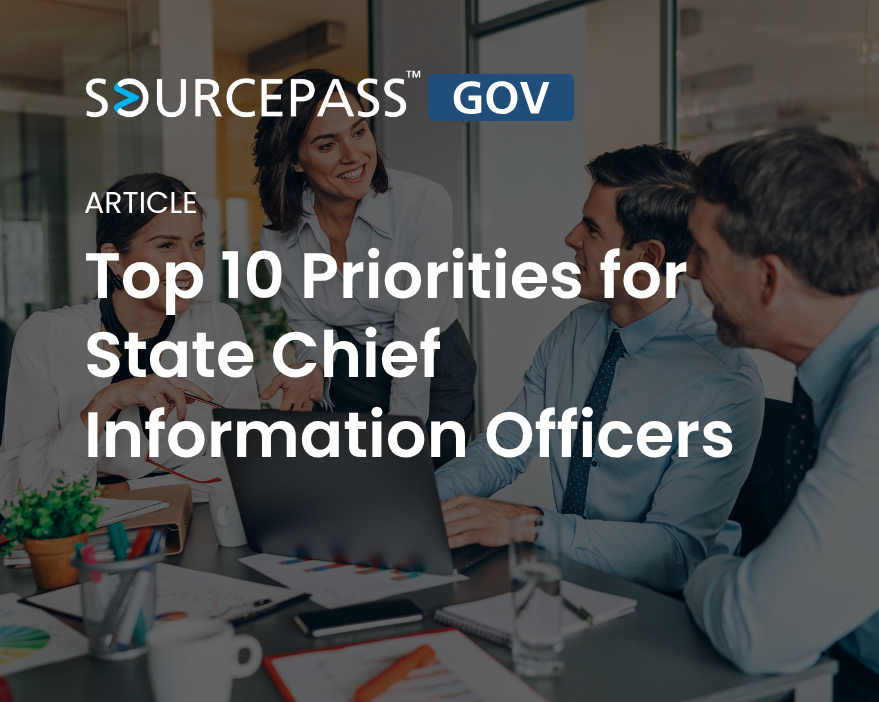
3 min read
More than halfway through 2025, state Chief Information Officers (CIOs) continue to navigate a dynamic landscape of technological advancements and...
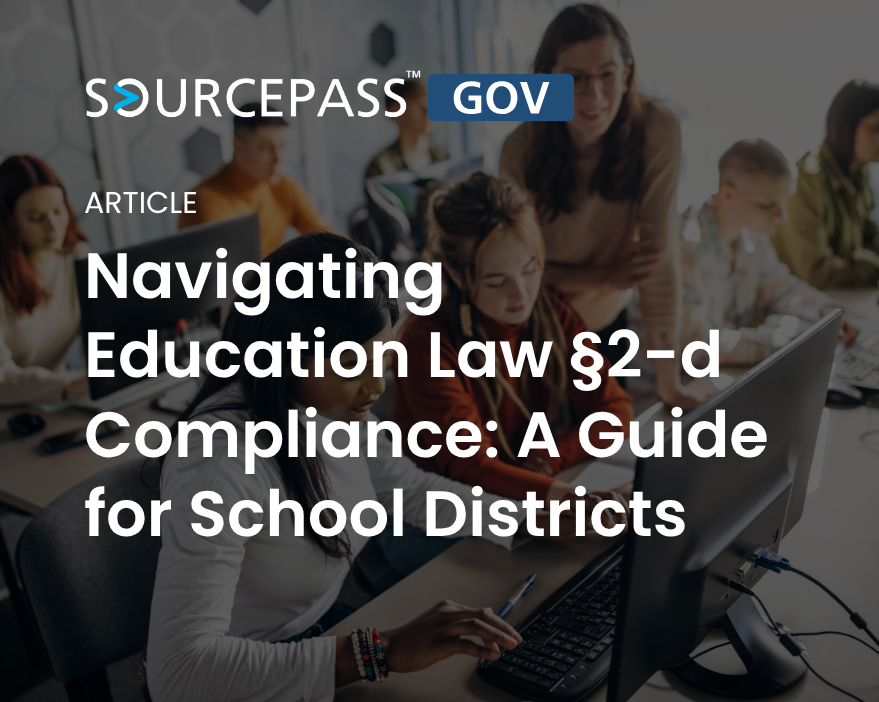
2 min read
Protecting student data is a top priority for school districts. New York's Education Law §2-d, enacted during the 2014-2015 fiscal year, sets forth...
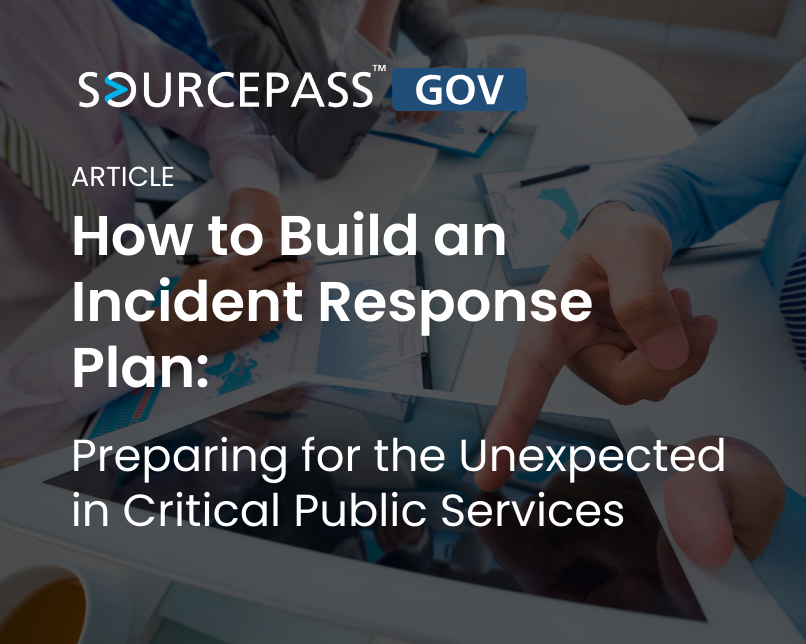
In the evolving digital landscape of public service, local organizations are increasingly exposed to a variety of risks—from cyberattacks to...
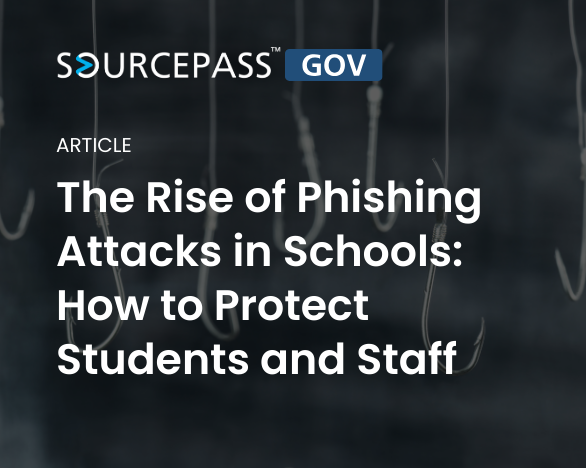
Schools and educational institutions have become prime targets for phishing attacks. Cybercriminals are exploiting vulnerabilities in school...
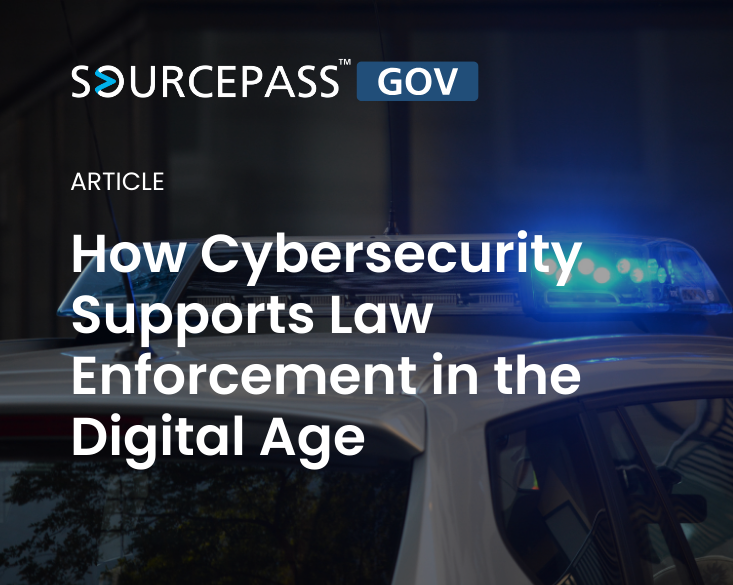
Cybersecurity has become an essential pillar of law enforcement operations. The rise of cybercrime, the proliferation of digital evidence, and the...